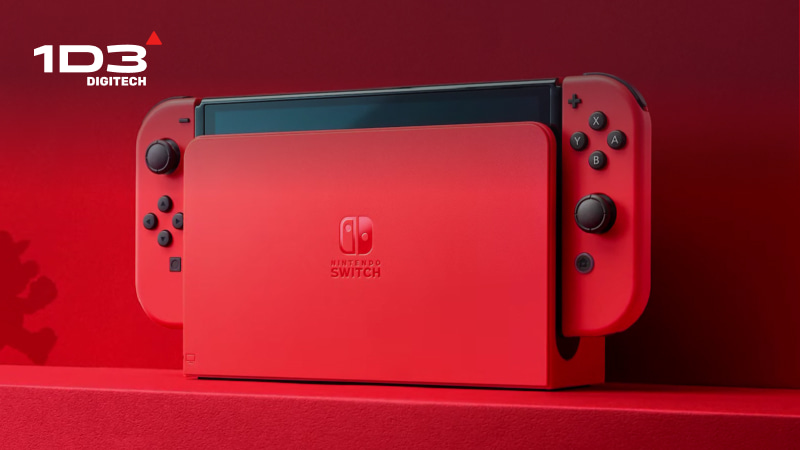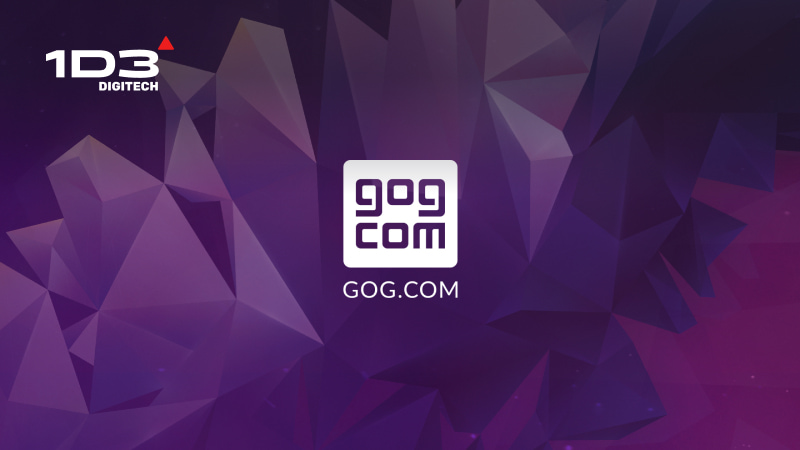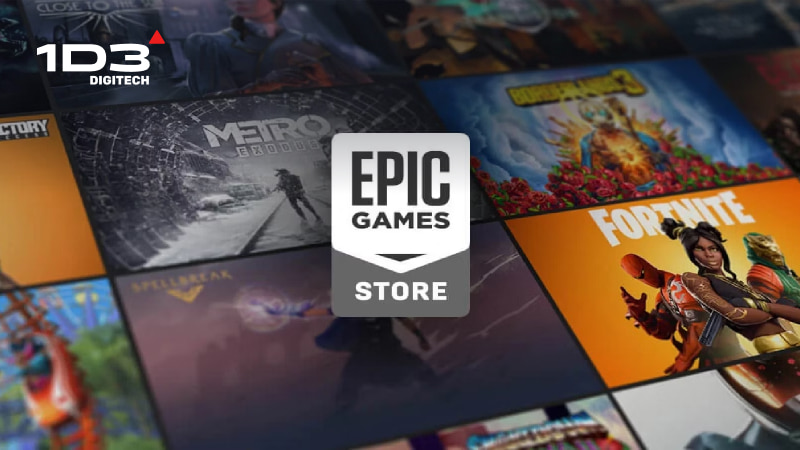Should you consider Switch as videogame distribution platform? Let's find out with 1D3 DIGITECH bizdev Skelius Mortalis.
Nintendo Switch is the third best-selling video game console ever, known for its unique exclusives and sometimes controversial copyright rules. It’s also a go-to platform for indie games like Stardew Valley, Hades, Hollow Knight, Dead Cells, and more. Releasing these games on the Switch helped developers reach a whole new audience, and the console's form factor made those games even more fun to play.
Nintendo Switch: User Base
As of today, Nintendo has sold about 141 million consoles and reported 117 million annual active users and 36 million Nintendo Switch Online subscribers in 2023.
We can’t compare those numbers directly to the ones published by Sony and Microsoft, as they report monthly active users. Still, to provide at least some context, Sony has 118 million MAU across PS4 and PS5, and Xbox GAME PASS has about 120 million MAU across all devices, including last and previous-generation consoles, mobile devices, and PCs. As for PC, Valve states about 132 million MAU for Steam.
Another important aspect of Switch’s user base is its demographics. Being positioned as “family-friendly,” the console attracts a lot more children and older gamers than other platforms, which are mostly focused on a “young adult” audience.
Nintendo Switch: Platform Fees
The Nintendo eShop's base commission rate is 30%, aligning with “industry standards”, and there are no registration fees for developers. Developers need to purchase a development kit, which is sold at an undisclosed price, estimated at around $450.
However, this does not represent the full picture, as about 50% of game sales happen in physical form. Physical releases come with additional variable expenses such as cartridge manufacturing costs, logistics and retailer margins. After signing a distribution agreement with Nintendo, the costs are subtracted from their revenue and generally exceed 30%. This is why launching digital only and following up with a physical release in case the game is doing good, proved to be a successful strategy for popular indies. Lower-priced games might find a physical release too expensive.
Both physical and digital sales are also subjected to VAT/Sales Tax, which is about 20% on average.
Nintendo Switch: Life Cycle
Released in 2017, Switch is currently at the end of its life cycle, with a new generation coming out in late 2024 or early 2025. Backward compatibility is expected, but currently, Nintendo has not issued official statements backing this assumption.
The question is, should developers halt Switch releases until the new console is launched? We believe that would be a mistake unless your game is too technically demanding for the current console. Otherwise, you can capitalize on Switch's huge userbase now, preparing for the transition to the next generation via backwards compatibility.
Nintendo Switch: Certification
Just like with other consoles, every game released on Switch has to pass Nintendo’s certification, which involves:
- Technical Requirements: Games must meet Nintendo's performance and compatibility standards.
- Functional Testing: Extensive testing checks for bugs and stability.
- Content Review: Ensures the game adheres to age ratings and regional guidelines.
- Localization: Games must be adapted for different languages and cultures.
- Submission and Feedback: Developers submit their game through the Nintendo Developer Portal, receive feedback, and make necessary adjustments.
While the process seems quite vigorous on paper, in reality, we still see quite a few poorly optimized Switch releases with Bloodstained: Ritual of the Night, ARK: Survival Evolved, and WWE 2K18, to name a few.
Conclusion:
Deciding whether to release your indie game on the Nintendo Switch depends on several factors:
Pros:
- Large Install Base: The Switch has a significant and diverse user base, providing a broad audience for your game.
- Portability: The Switch's unique hybrid nature allows players to enjoy games both on the go and at home, which can appeal to a wide range of gamers.
- Indie-Friendly Platform: Nintendo actively supports indie developers through initiatives like the Indie World Showcase and marketing opportunities on the eShop.
Cons:
- Performance Challenges: As seen with several poorly optimized ports, the Switch's hardware limitations can pose significant challenges, especially for resource-intensive games.
- Certification Process: Releasing a game on the Switch requires passing Nintendo’s stringent certification process, which can be time-consuming and demanding.
- Competition: The eShop is crowded with indie games, making it essential to have a strong marketing strategy to stand out.
If your game is well-optimized and can leverage the unique features of the Switch, it could be a great platform for your release. However, be prepared for the technical and marketing challenges that come with it.
With the Switch nearing the end of its life cycle and a new generation expected in late 2024 or early 2025, consider the timing of your release. Early adoption of the new console might offer more visibility, but releasing on the Switch now can still tap into its large, existing user base. Balancing these factors will help you decide the best platform and timing for your game launch.




